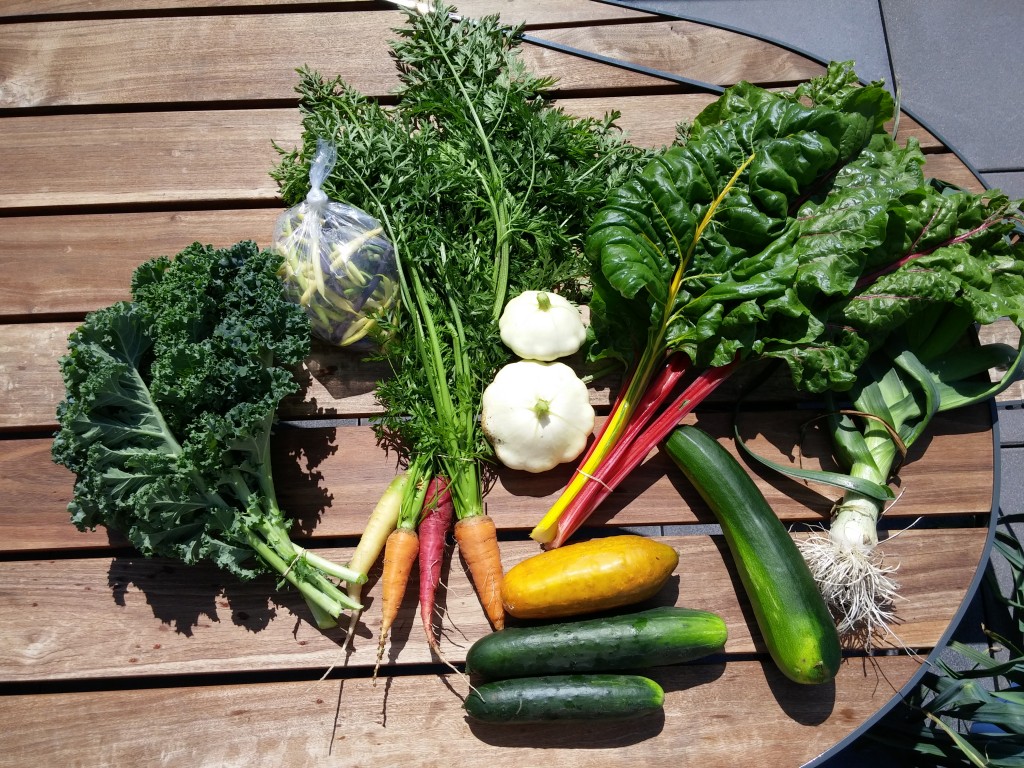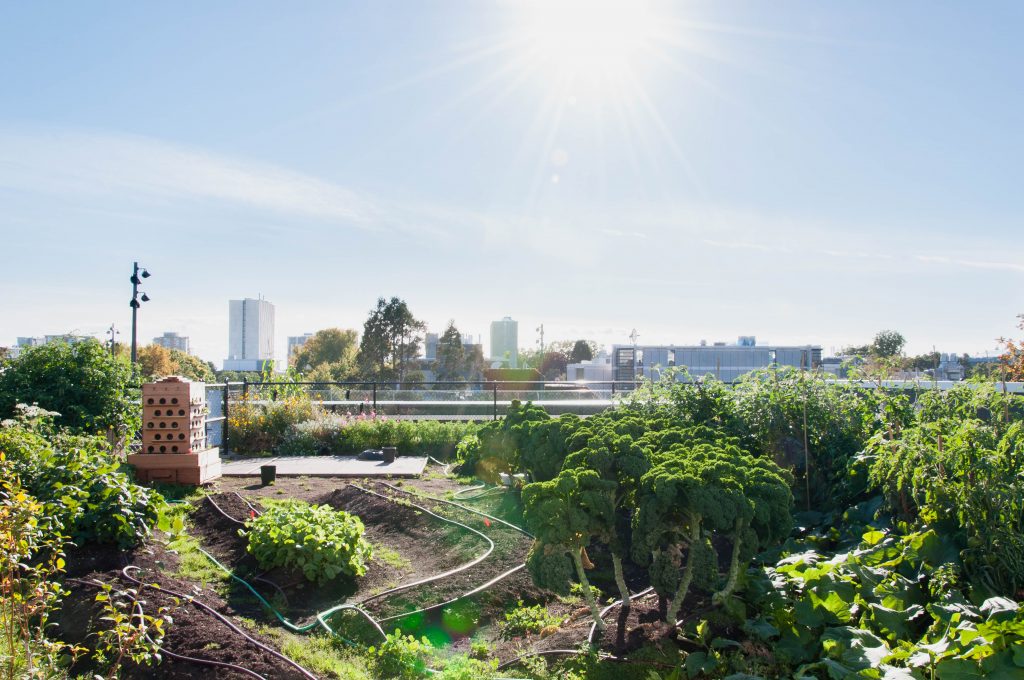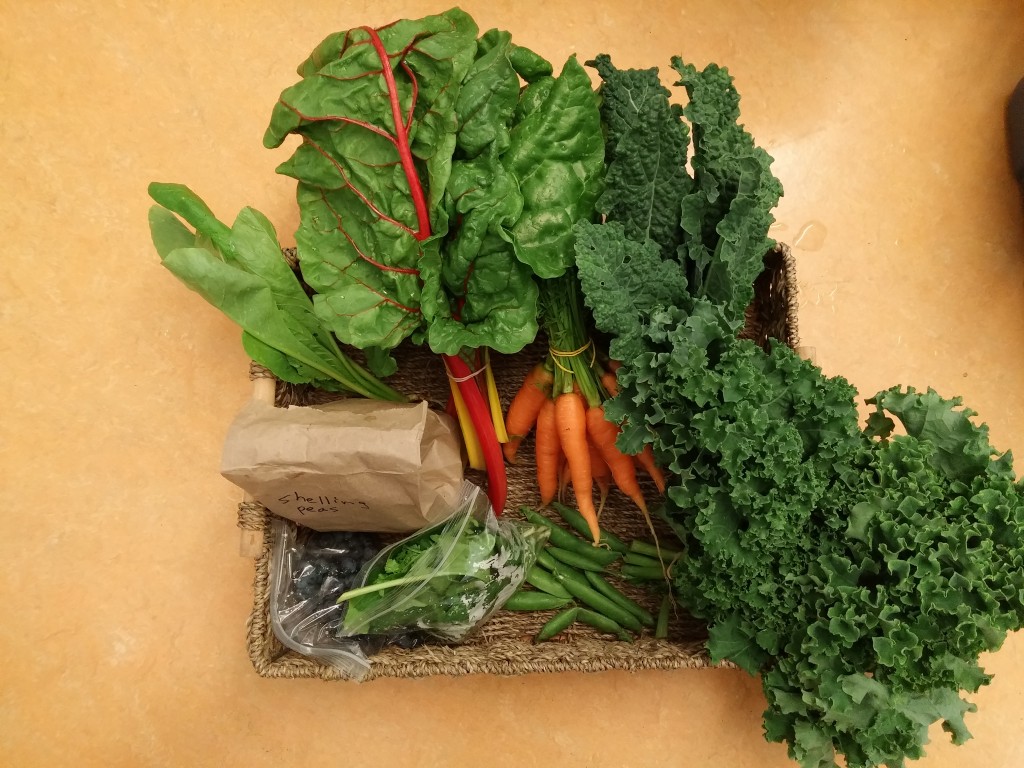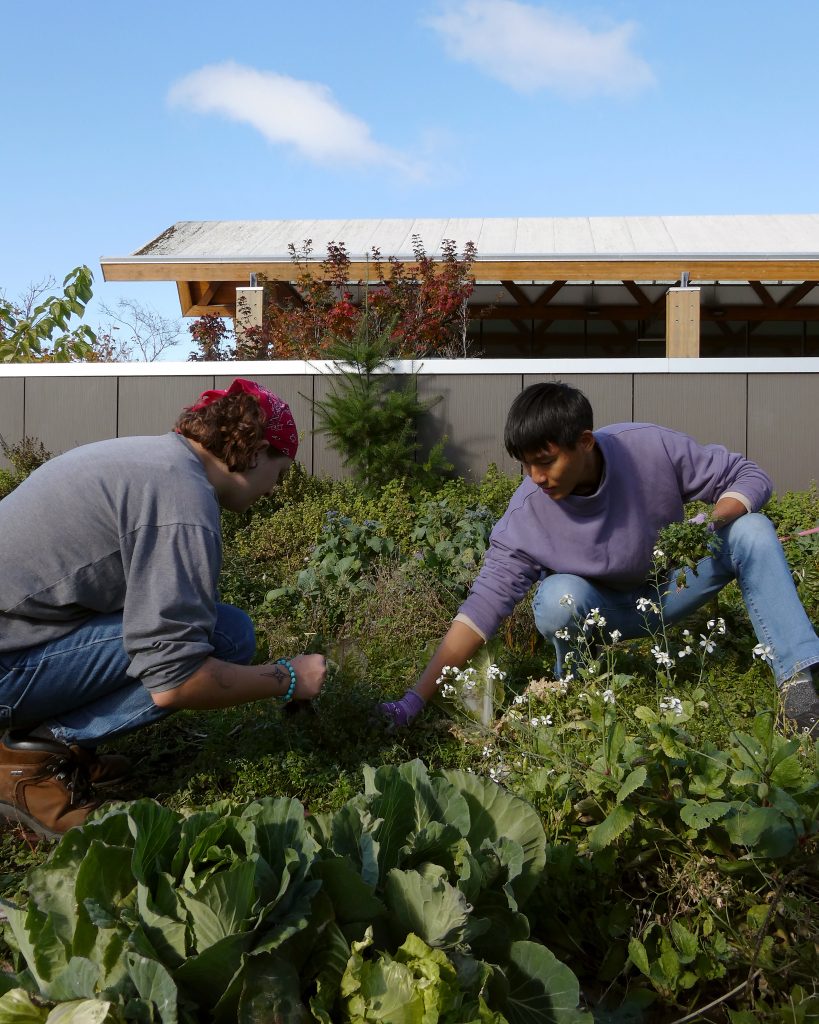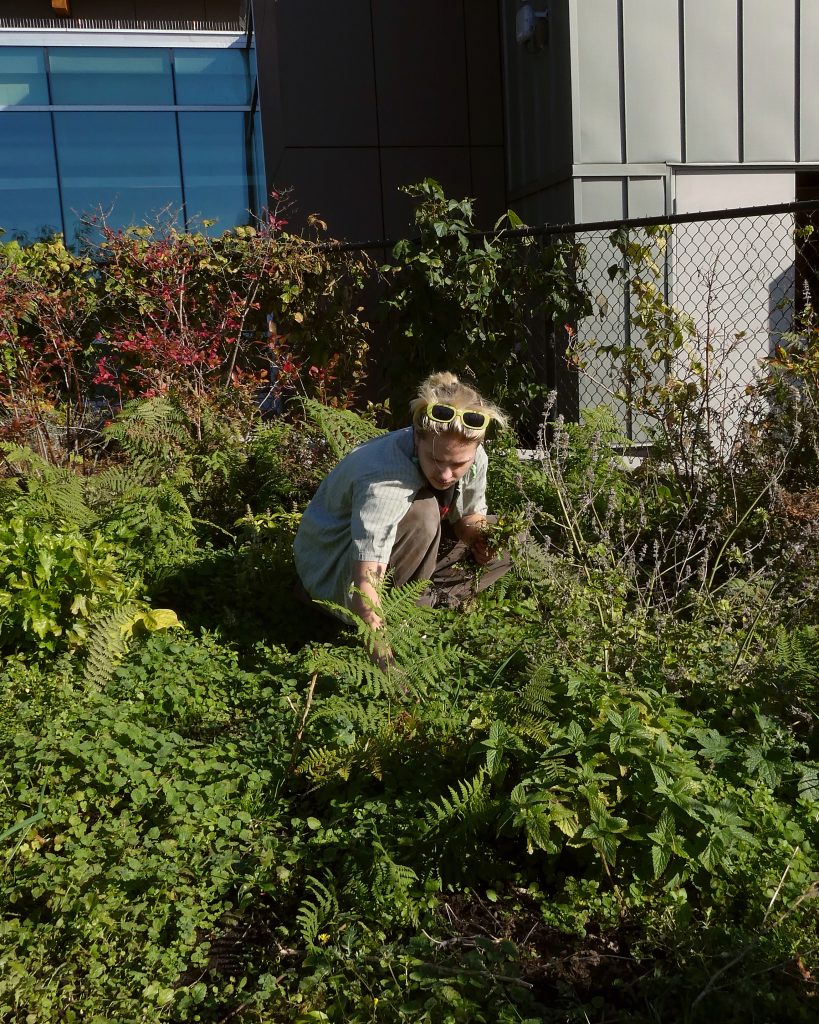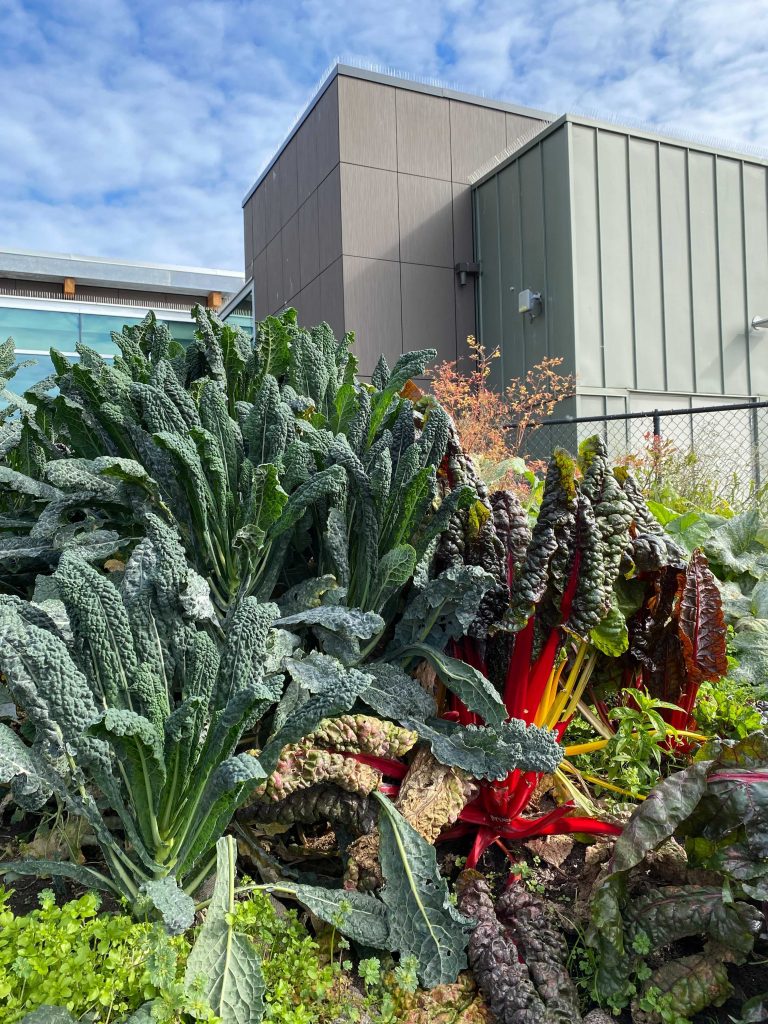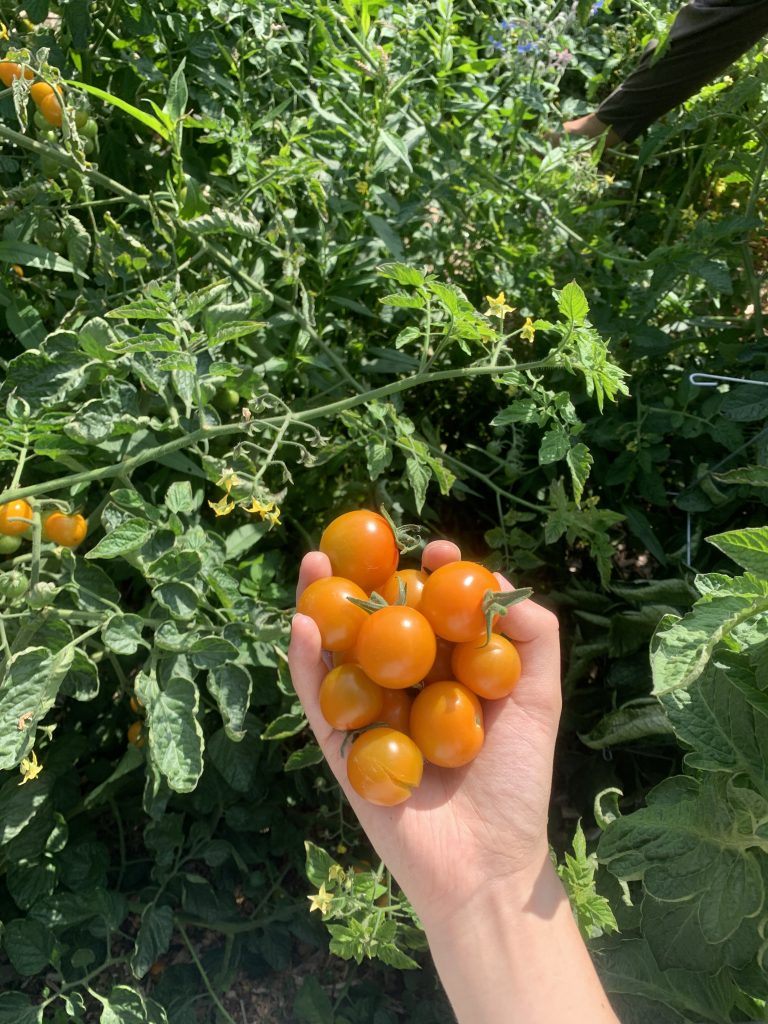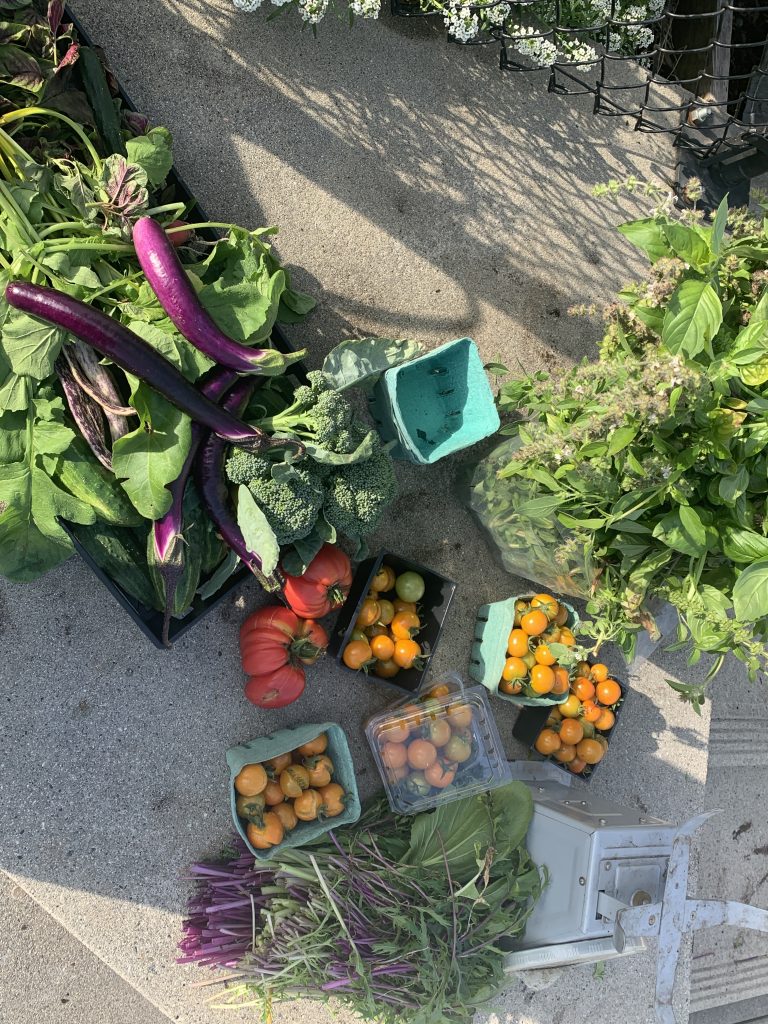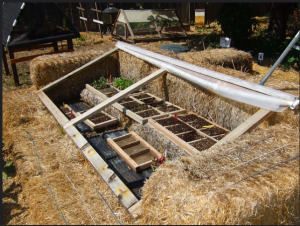If you’re up for a more serious operation, consider a cold frame. Cold frames are simply boxes with a clear top that protect the plants inside from the cold. The sides can be made from wood, bricks, or any other relatively sturdy material. Straw bales are a good choice because they are thick and insulating, readily available, biodegradable, and easy to assemble. The top can be made from glass (repurposed windows work well), plexi glass, or greenhouse plastic, which will block the cold but not the sunlight. Of course you can also buy a cold frame like this one.
The cold frame will extend the growing season by allowing you to start seedlings earlier in the year and keep crops safe from frost later into the fall. Many crops are best sprouted indoors before the last spring frost and then transplanted outdoors once the ground warms. A cold frame is a superior alternative to your windowsill because they receive more direct light. Otherwise, grow lights may be necessary for optimal germination indoors. Hardening off, or gradually acclimating the plants to the outdoor climate, can easily be done by opening the roof during the warm parts of the day. If not, you’ll have to move your sprouts back and forth between inside and outside, which may disturb them. They can even support cold hearty plants like beets, carrots, kale, spinach, and rosemary throughout the entire winter. If you want to try winter gardening, many crops have winter hearty varieties you can try.
Pick a spot with full sun and sheltered from the wind, preferable toward the southern side of your property. To reflect light onto the plants, consider painting the inside of the cold frame white or line it with aluminum foil. You can also paint 1 gallon jugs black, fill them with water, and place them inside with your plants to retain more heat. Make sure to regularly brush any leaves or snow off the clear surface of the cold frame that may be blocking sunlight. If temperatures rise to 10 degrees Celsius (50 Fahrenheit), crack open the cover of your cold frame or take it off completely to avoid cooking your plants. For a less hands on approach, consider this automatic vent that opens at certain temperature.

